BoJ kept monetary policy unchanged as widely expected today. Under the yield curve control frame work, short-term policy interest rate is held at -0.10%. As for long-term interest rate, BoJ will continue to purchases JGBs, without upper limit, to maintain 10-year JGB yield at around 0%. The decision was made by 8-1 vote, with Goushi Kataoka dissented again, preferring to strength monetary easing.
In the accompany statement, BoJ said the “economy has picked up as a trend, although some weakness has been seen in part”. Exports and industrial production “have continued to increase as a trend, despite the remaining effects of supply-side constraints.”
Core inflation is “likely to increase clearly in positive territory for the time being due to a significant rise in energy prices, a pass-through of raw material cost increases, and dissipation of the effects of the reduction in mobile phone charges”.
BoJ also said, “there are extremely high uncertainties over how the situation surrounding Ukraine will affect Japan’s economic activity and prices, mainly through developments in global financial and capital markets, commodity prices, and overseas economies.”
Full statement here.


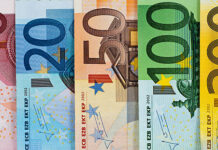

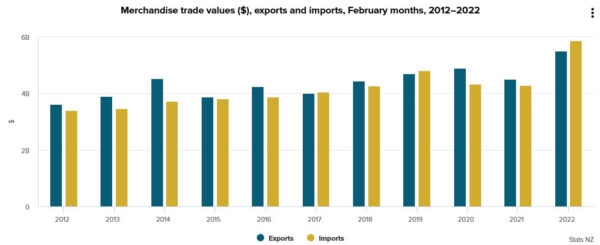
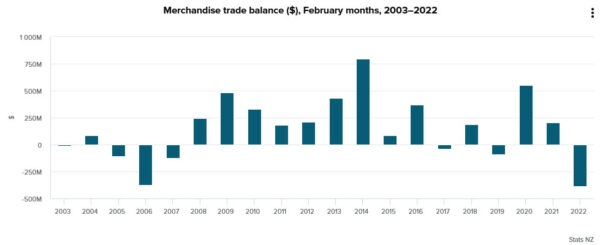
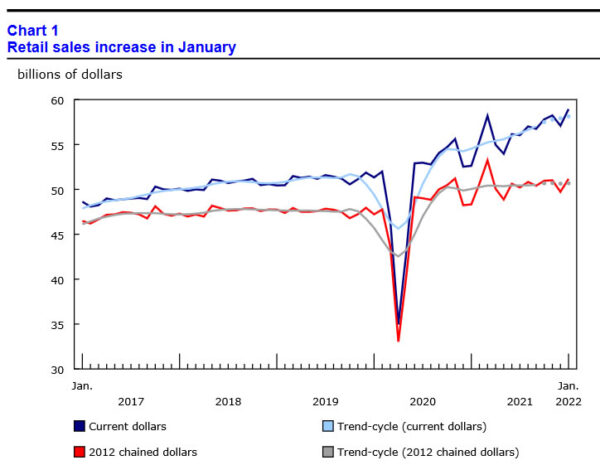
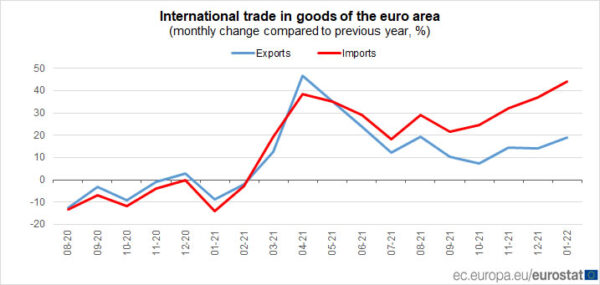
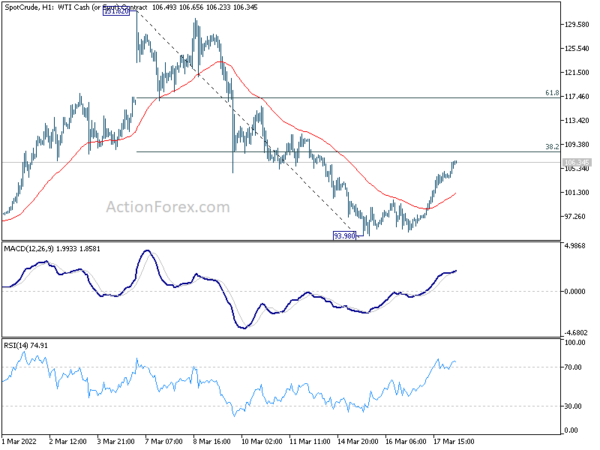
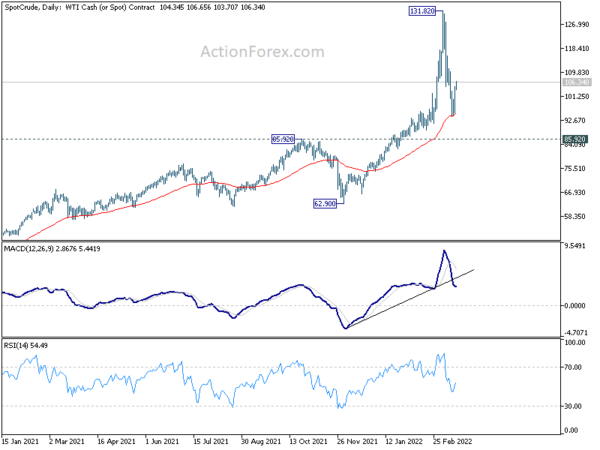
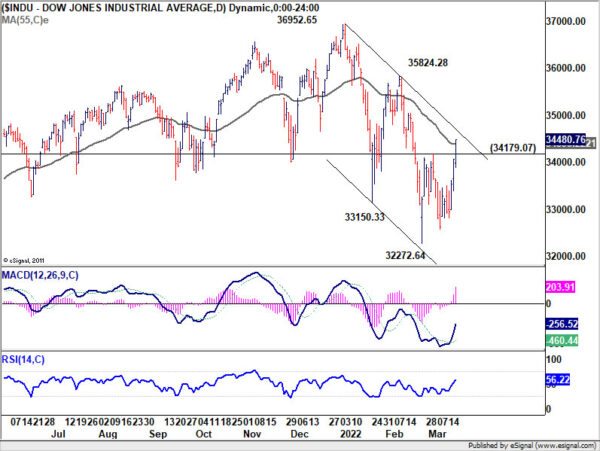
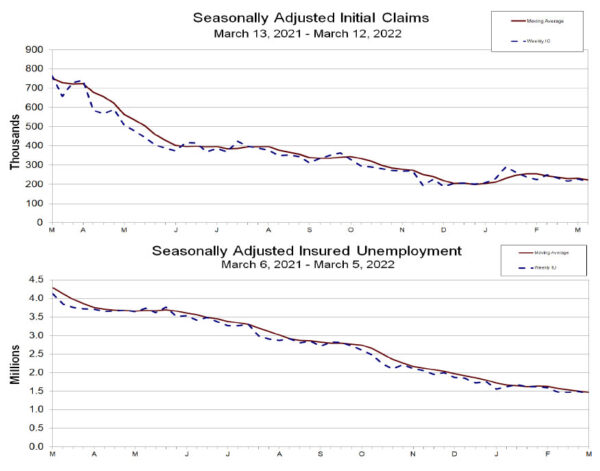

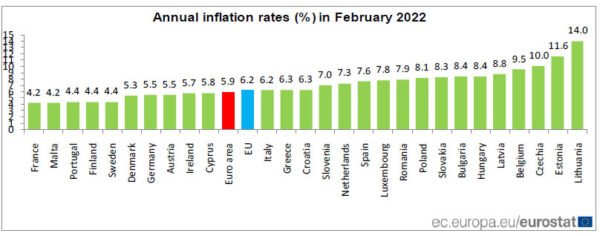
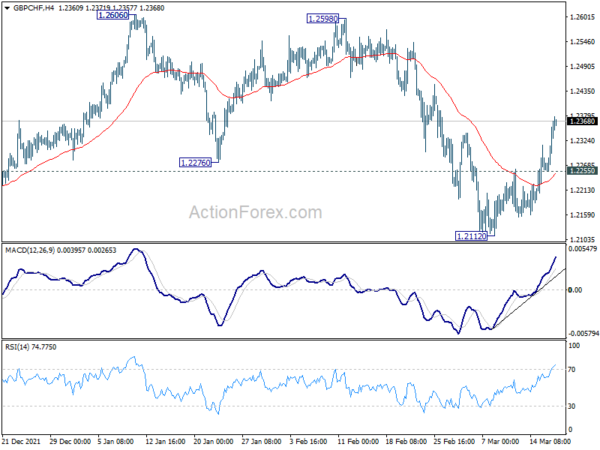
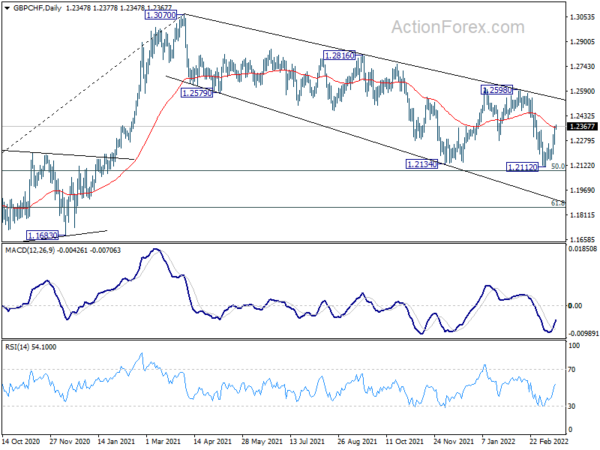
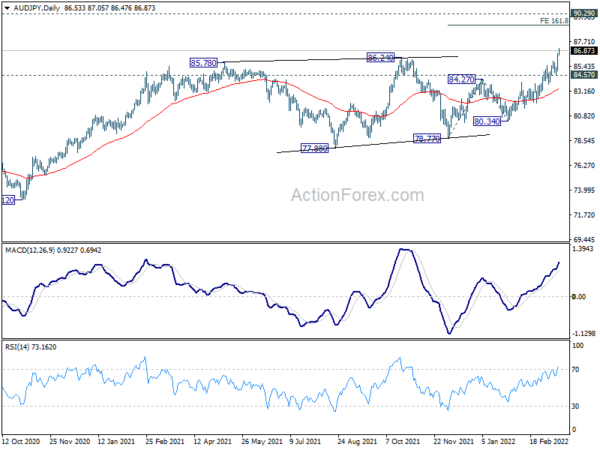
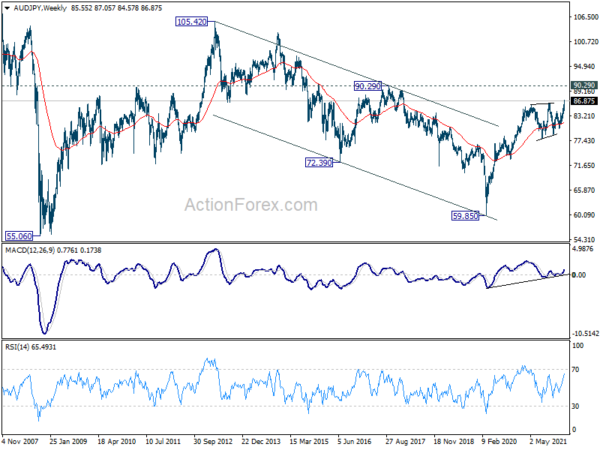
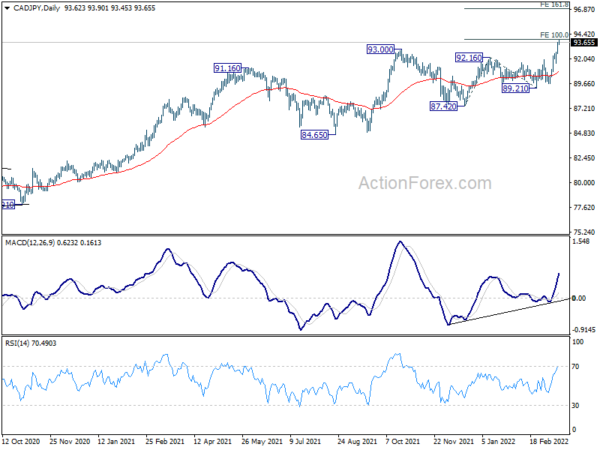
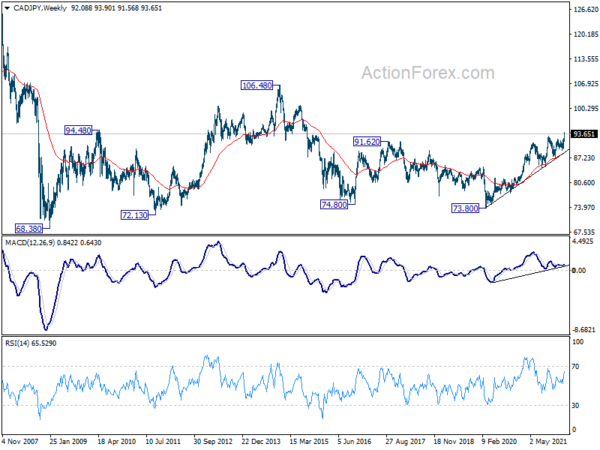
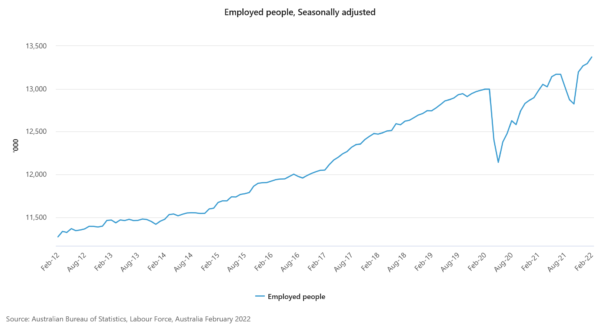
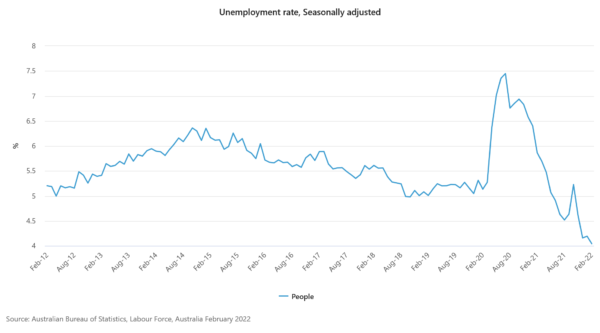
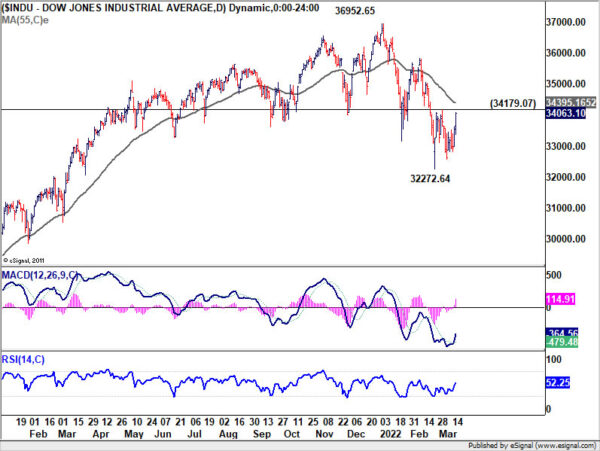
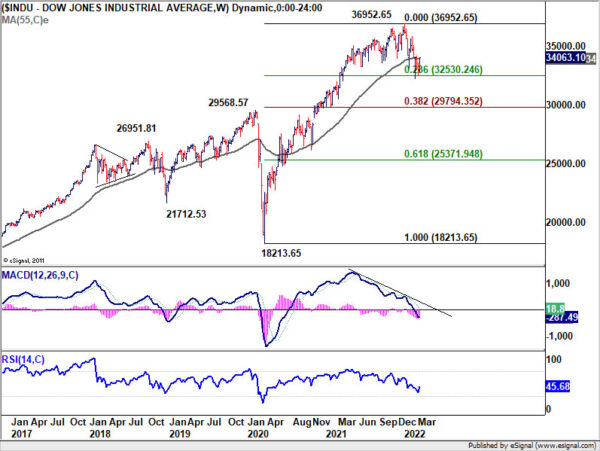


WTI crude oil extending rebound, pressing 108 fib level
WTI crude oil is extends the near term rebound and is back above 108. It’s reported that OPEC+ missed its production target by slightly more than 1m barrels per day in February. At the same time, some Baltic countries are pushing EU for an oil embargo on Russia for its invasion of Ukraine.
WTI is now pressing 38.2% retracement of 131.82 to 93.98 at 108.43. Sustained trading above there will pave the way to 61.8% retracement at 117.36 and above. Such development would also affirm the case that corrective pattern from 131.82 high is a sideway pattern. This is the preferred case given the notable support from 55 day EMA.
Nevertheless, rejection by 108.43, followed by break of 103.01 minor support will likely extend the fall from 131.82 through 93.98, and set up a deep correction instead.